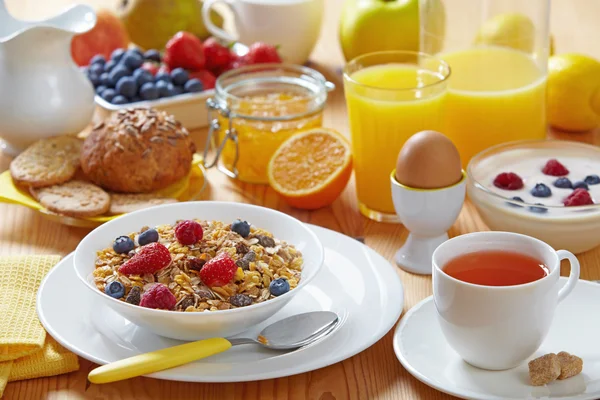
“Breakfast like a king, lunch like a prince, and dinner like a pauper.” That old adage is not just poetry; it’s a way of life in the world’s longest-living communities. Longevity researcher Dan Buettner has spent decades studying Blue Zones-regions where people regularly live past 100-and he’s found that the first meal of the day is often the most important, and the most substantial.
Places like Okinawa, Sardinia, and Nicoya start off their days with hearty, nutrient-dense dishes that would surprise any person who was used to sugary cereals or pastries. These meals are not just fuel, but cultural rituals packed with fiber, antioxidants, and healthy fats that set the tone for the day. Here are nine breakfast staples Buettner says can help you eat like the healthiest people on Earth-and why they might just add years to your life:
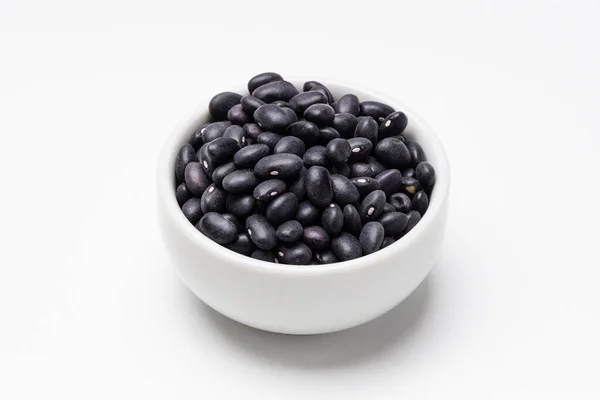
1. Beans: The Cornerstone of Longevity
Beans are the breakfast MVP across Blue Zones: in the form of black beans in Costa Rica, or soybeans in Okinawa, they’re eaten daily. Buettner says they are full of plant protein, fiber, and minerals, and also help to regularize blood sugar. In Nicoya, the black beans are cooked with garlic, onions, and herbs, then served with rice or corn tortillas to make a complete protein. Nutritionist Stacey Simon says the high fiber in beans feeds healthy gut bacteria to support digestive and immune health.

2. Vegetables First
In Sardinia, a breakfast serving of minestrone soup is packed with carrots, celery, leafy greens, and root vegetables. Okinawan miso soup contains daikon, seaweed, and sweet potatoes. These breakfasts set people up for antioxidants, vitamins, and minerals before the day has even started. According to Sarah Wagner, RD, starting the day with vegetables helps most people meet daily produce goals and delivers anti-inflammatory compounds for protection over the long term.
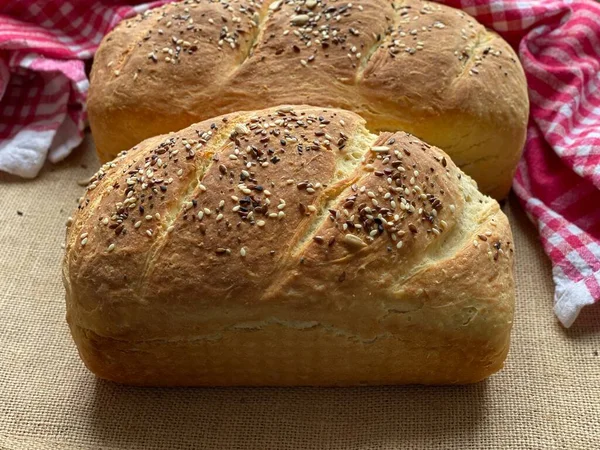
3. Whole grains instead of refined
Most Blue Zone breakfasts feature whole grains: barley, brown rice, or oats. The sourdough and whole-grain breads eaten in Sardinia have a low glycemic index that can help keep energy levels stable. Adventists in Loma Linda still eat their unsweetened whole grain cereals-invented by John Kellogg-often with nuts or fruits for added nutrition. These grains satisfy hunger longer and seem to lower the risk of heart disease and diabetes.

4. Miso Soup and Fermented Foods
A typical Okinawan breakfast consists of miso soup with tofu and vegetables, in season. Fermented soy contains probiotics for gut health, and tofu is a good plant source of protein containing minimal saturated fat. Of course, this would be accompanied by green tea, rich in catechins which lower cholesterol and reduce inflammation. This is just their interpretation of food as medicine.
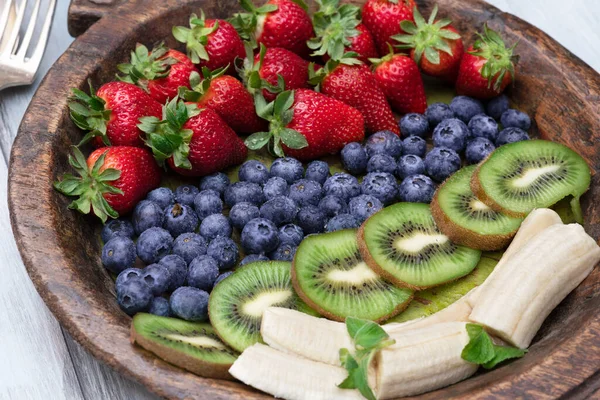
5. Fresh and Seasonal Fruits
Fruit isn’t absent in any one of the Blue Zone breakfasts: the papaya eaten in Costa Rica, the figs in Sardinia, or seasonal berries eaten in Ikaria. These fruits are rich in vitamins, fiber, and antioxidants. Papaya, in particular, is also packed with vitamin C, which protects digestion and immunity. According to Buettner, they are consumed whole, not juiced-one keeps fiber and lowers sugar absorption.
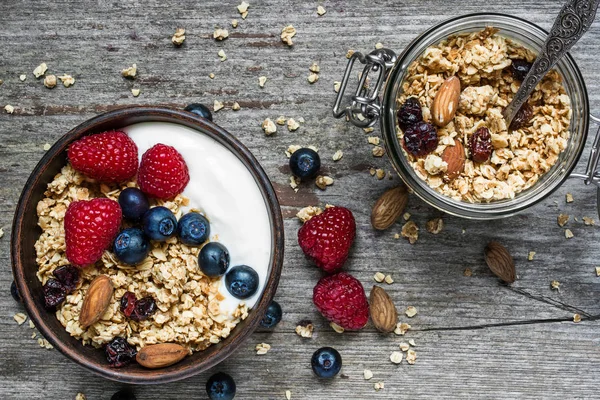
6. Nuts and Seeds for Healthy Fats
Ikarians often top goat’s milk yogurt with walnuts, almonds, or pistachios and drizzle it all with honey. Nuts are also a good source of omega-3 fats, vitamin E, and plant protein, which studies have shown can help lower heart disease risk. A daily handful appears to add two to three years to people’s life expectancy, based on Adventist studies.
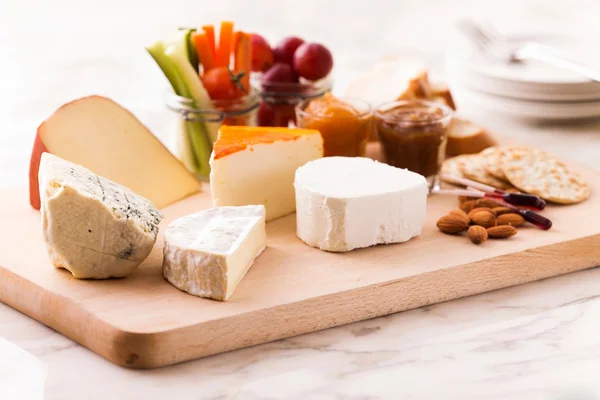
7. Dairy Goat and Sheep Over Cow
When dairy does factor into a Blue Zone breakfast, it’s most often from goats or sheep. Sardinian pecorino and Ikarian yogurt are rich in omega-3s and easier to digest than cow’s milk products. Fermented dairy like this also supplies probiotics for gut and immune health. Portion sizes are modest, used as accent items to accompany plant-based dishes.

8. Hearty Soups to Start the Day
But Sardinian minestrone is more than a comfort food; it’s a longevity powerhouse. Every bowlful of beans, vegetables, and whole grains provides half a day’s fiber. Buettner says that the variety of fiber feeds various gut bacteria, which in turn produce compounds that calm inflammation and promote hormonal balance. Homemade versions tend to be extremely low in sodium, too, compared with store-bought canned soups and restaurant fare.
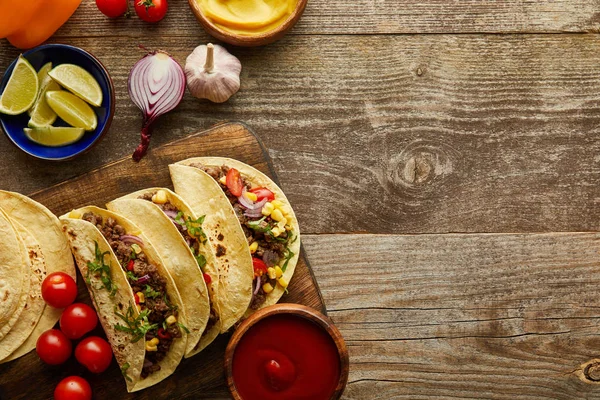
9. Corn Tortillas and Traditional Preparations
Corn tortillas are also a common breakfast food in Nicoya, made from nixtamalized corn. This ancient traditional processing improves the nutritional value of the food by liberating the niacin and amino acids in it. Paired with beans and avocado, at times eggs, these make a very satisfying and nutritious meal. This reflects a deep food culture whereby the preparation of food enhances both flavor and nutritional value. Buettner’s research shows that when it comes to breakfasts, the world’s healthiest communities are far from the quick, sugary fare of so many countries. It is a celebration of whole foods, minimally processed, often savory, always nutrient-rich, and deeply tied to local culture. Adopting even a few of these morning habits may help shift the rhythm of your day toward better health, more energy, and maybe even a longer life.


